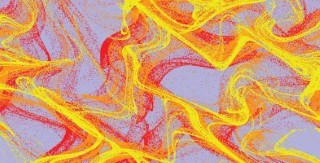Interpreting data: Boxplots and tables
Learn how to interpret data using boxplots and tables in this free course. Understand the graphical representation of data patterns and make comparisons between data sets. Improve your understanding of tabular data by including useful information and drawing appropriate graphs.
This free course, Interpreting data: Boxplots and tables, is concerned with two main topics. In Section 1, you will learn about another kind of graphical display, the boxplot. A boxplot is a fairly simple graphic, which displays certain summary statistics of a set of data. Boxplots are particularly useful for assessing quickly the location, dispersion, and symmetry or skewness of a set of data, and for making comparisons of these features in two or more data sets. Boxplots can also be useful for drawing attention to possible outliers in a data set. The other topic, which is covered in Sections 2 and 3, is that of dealing with data presented in tabular form. You are, no doubt, familiar with such tables: they are common in the media and in reports and other documents. Yet it is not always straightforward to see at first glance just what information a table of data is providing, and it often helps to carry out certain calculations and/or to draw appropriate graphs to make this clearer. In this free course, some other kinds of data tables and some different approaches are covered.
Course learning outcomes
After studying this course, you should be able to:
Understand and use the following terms: boxplots, box, whisker, upper and lower adjacent values, rate, time series, line plot
Demonstrate an awareness of the idea that the general pattern of a set of data, in terms of location, dispersion and skewness, can be graphically represented in a boxplot
Understand that boxplots can be used to provide a quick and simple comparison of data sets
Understand that patterns in tabular data can be made clearer by leaving out unhelpful information, by including extra pieces of useful information, or by drawing appropriate graphs
Describe and compare data sets on the basis of boxplots.
User Reviews
Be the first to review “Interpreting data: Boxplots and tables”
You must be logged in to post a review.







There are no reviews yet.